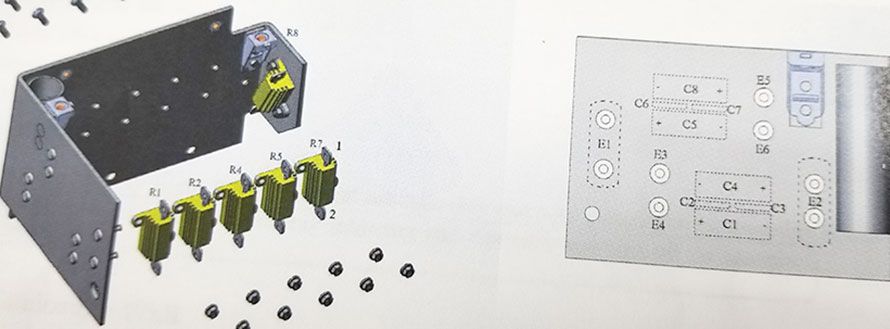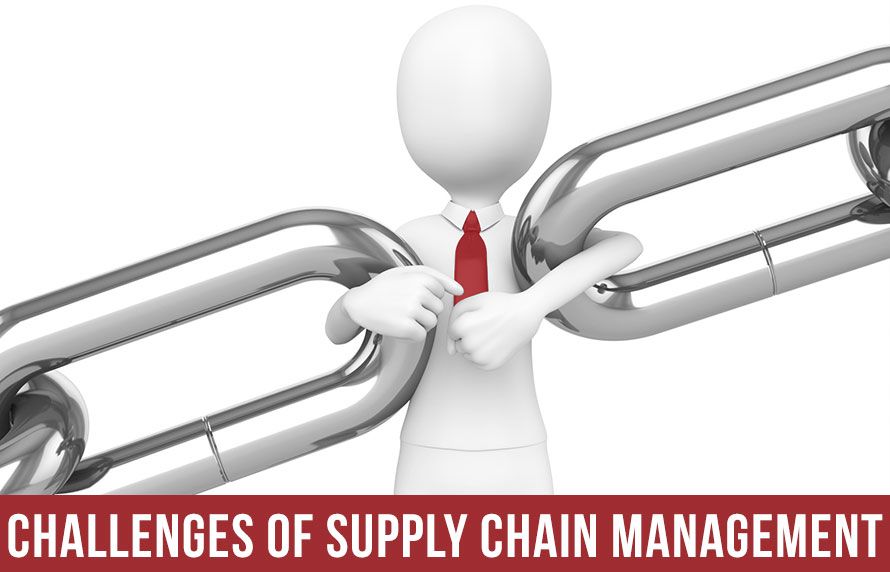If you design an item and manufacture that product to sell, you should have a plan in place that identifies a baseline for its development and the parts included in the design. If your product’s creation is dependent upon a part supplied by a different company, you should have a plan in place that includes part information and the responsibility of your company, and the third-party, in the development of the product.
This plan to manage a product’s changes systematically to maintain its integrity over time is called configuration management (CM). A configuration management policy will guide the planning process and direct which version of a product will be the baseline. The CM establishes which design plans and drawings are to be used to produce a product, which tools are required for assembly or repair, and which third-party products are required from a specific supplier. The CM also tracks system requirements throughout its life cycle.
Suppose your company creates an avionics system that includes an LCD screen from a third-party company. Over time, the specific LCD screen becomes unavailable and you need to find a suitable replacement in order to continue producing and maintaining the unit. The configuration management policy would identify who in which organization is authorized to approve utilizing a different but compatible version of the original LCD screen.
Configuration Management Process
The configuration management process is comprised of 5 disciplines that will establish a product’s baseline, and manage any changes over time.
- Planning and Management: This guides the design of the product, who has what responsibilities, and includes which tools and procedures to use. It identifies naming conventions, third-party requirements and the audit and review process
- Identification: Allows for setting baselines and identifying the configuration of assets and/or software.
- Control: Maintain control of configurations, change requests, and execution of changes to a system and its documentation
- Status Accounting: The process of recording and reporting configuration item descriptions and changes from the baseline over the item’s lifecycle. If a problem arises, this allows for a quick determination of the baseline configuration and changes that have taken place over time.
- Verification/Audit: Be able to audit what you have implemented and maintain positive control of all managed product
Having guidelines in place that direct your development process is important. If you don’t have a system in place that allows you to quickly identify what a system’s baseline is or what updates have been put in place on a unit, you will have trouble trying to correct issues that arise or find replacement modules that have become obsolete or are no longer available from the OEM.
Duotech maintains an AS9100 certification. Establishing a Quality Management system and creating a configuration management policy not only enables DSI to maintain its high certification level but also allows DSI to provide high quality services to our customers within the budgeted schedule and cost.
Also read: “Quality Management – Why Should I Care?”
Do you have a configuration management system in place? Share your thoughts and questions in the comments below.






